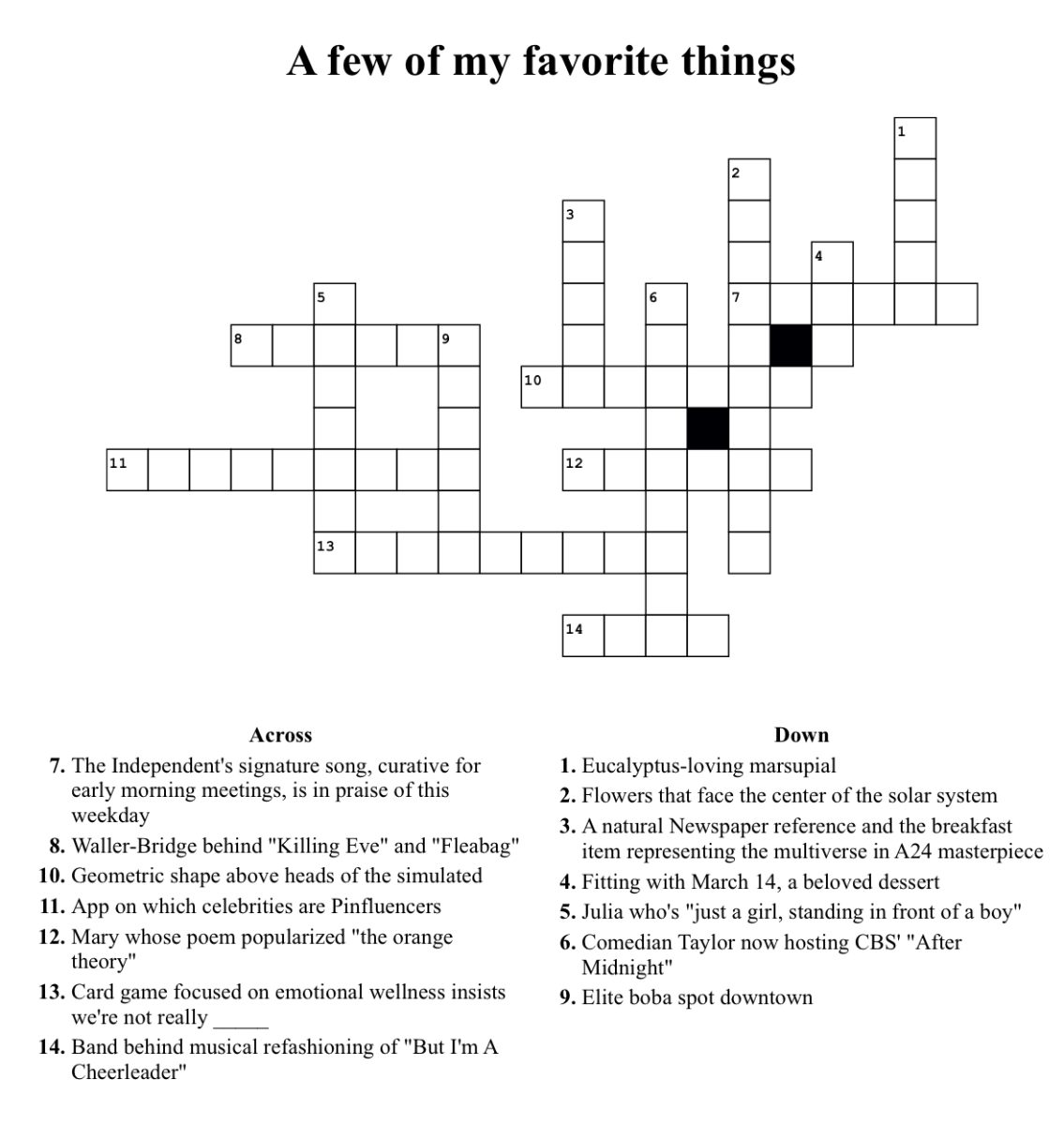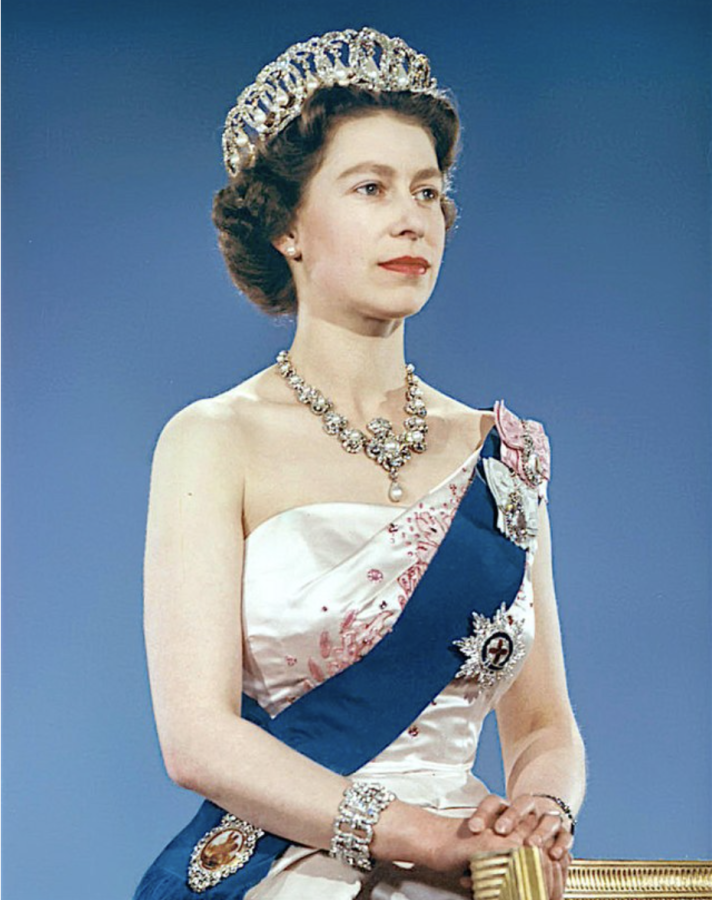Queen Elizabeth II: A Reign that Lasted for Seven Decades
Queen Elizabeth was crowned as Queen of the United Kingdom and other Commonwealth areas from February 1952 until 2022. Source: Wikimedia Commons
September 27, 2022
According to the official website of the Royal Family, current King and son of Queen Elizabeth II Charles II cherished his mother’s legacy and accomplishments in his address to the Nation last week, “Queen Elizabeth’s was a life well lived; a promise with destiny kept and she is mourned most deeply in her passing. That promise of lifelong service I renew to you all today.”
Upbringing and Education
Princess Elizabeth was born in Mayfair, a private and affluent city situated in Westminster City, in 1926. The Queen was the daughter of The Duke and Duchess of York, later dubbed King George VI and Queen Elizabeth. In December of 1936, when Elizabeth was merely ten years old, her uncle King Edward VII abdicated the throne and made her prospective succession to the position of Queen more accessible.
The Queen lived comfortably in Mayfair, London with her parents, The Duke and Duchess of York. Source: Wikimedia
Upon her father receiving the throne as King George VI in May 1937, Princess Elizabeth was more openly an object of public interest and blossoming promise.
In 1940, during the eventful zenith of the Blitz, Princess Elizabeth was displaced to Windsor Castle for protection. The Blitz, a word originating from the term Blitzkrieg, meaning “lightning war”, was a German bombing tendency aimed toward the United Kingdom in 1940 and 1941 during the initial stage of World War II.
While staying at Windsor, Princess Elizabeth and her sister Princess Margaret focused their efforts on their education as the entirety of the country experienced food shortages and instances of penury.
At this time in London, communities suffered from low spirits and bomb raids. It was a time defined by national anxiety and anticipation, a time for reflection and significance for the Royal Family.
Being educated at home like other wealthy families, Princess Elizabeth became well versed in constitutional history and law in preparation for her prospective duties. The Queen also studied French, which served her well in the future when she often communicated with French-speaking Canadian civilians and leaders.
The Queen’s Coronation
On exactly February 6, 1952, King George VI died after enduring a prolonged bout of illness. Princess Elizabeth acceded to the throne and plans began for a grand Coronation ceremony at Westminster Abbey.
The King’s death deeply affected Elizabeth but also signaled a transition of power and a newfound set of responsibilities. As Queen, Elizabeth was greeted by Prime Minister Winston Churchill on the journey to Clarence House, the location where the Royal Standard flag would be flown in celebration of a new reign.
According to the official Royal Website, on the eve of the fateful Coronation ceremony The Queen said a few words to elucidate her gratitude and enduring devotion to the people of the Nation and the Commonwealth, “Throughout all my life and with all my heart I shall strive to be worthy of your trust.”
Queen Elizabeth’s coronation was unique in its accessibility to the general public. The ceremony was the first to be showcased on television, with approximately 27 million people in Britain tuning in and 11 million listening over the radio.
Over 2,000 journalists and 500 photographers were present during the Queen’s Coronation ceremony. Source: Wikimedia Commons
The Queen and Relationship with the Commonwealth
For those unfamiliar with Commonwealth, it was an association of nations founded in 1931. According to the official website of the Commonwealth, its purpose is to be “a voluntary association of 56 independent and equal countries. It is home to 2.5 billion people, and includes both advanced economies and developing countries. Our member governments have agreed to shared goals like development, democracy and peace.”
As notable Head of the Commonwealth, The Queen served a unifying role and one that merged links between the British Empire and people from all corners of the globe.
During the duration of her reign, The Queen traveled more than 200 visits to countries within the Commonwealth association. Significant and regular destinations by the Queen included Zimbabwe, Botswana, Canada, and Malta in 2015.
The Announcement of the Queen’s Death and her Ongoing Commemoration
According to the Royal constituents, The Queen died peacefully at Balmoral Castle, an estate in Scotland, after suffering from natural causes. The King and The Queen Consort remained at the estate until flying to London for proper commemoration.
The Queen’s legacy will endure long after her death, and her memory lives on in the lives she impacted and the nations that she made an impression on.































